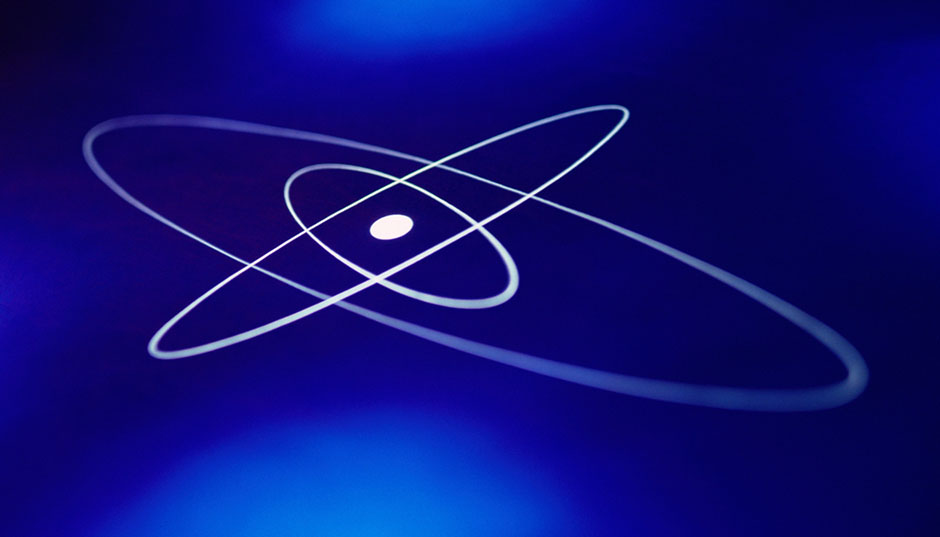An international shortage of radioisotopes frequently made headlines between 2007 and 2009. The saga of the maintenance and shutdown of Ontario's Chalk River nuclear reactor had a direct impact on hospital care, because radioisotopes are used in a wide range of medical imaging exams. These exams, necessary for diagnosis and selecting treatments, sometimes had to be postponed. A team of researchers at the Sherbrooke Molecular Imaging Centre (CIMS) at the Centre hospitalier universitaire de Sherbrooke (CHUS), led by Roger Lecomte, has developed a new technique for the production of medical radioisotopes using a cyclotron.
The innovative aspect of the CHUS project is that it can produce the isotope most commonly used in nuclear medicine.
A cyclotron is a particle accelerator under 2 metres in diameter that generates a nuclear reaction by bombarding enriched molybdenum with protons to create technetium-99m. The device costs around 3 million dollars and produces radioactivity only when in use. It produces no radioactive waste.
In contrast, in a nuclear reactor, neutrons induce a fission reaction in enriched uranium, resulting in a panoply of radioactive isotopes, the majority of which will not be used. A nuclear reactor is a much less precise instrument that requires billions of dollars in installation and maintenance costs and produces several tons of radioactive waste every year.
The innovative aspect of the CHUS project is that it can produce the isotope most commonly used in nuclear medicine, technetium-99m. The researchers demonstrated that the technetium created in their cyclotron was of comparable quality to that found on the market, produced by nuclear reactors: the images obtained are very similar. A cyclotron such as the one used in Sherbrooke can also produce other types of isotopes for nuclear medicine.
The next step for the CIMS team is the industrial scale-up of technetium-99m production. With the help of funding from Natural Resources Canada and partnerships with Advanced Cyclotron Systems Inc. and the University of Alberta, this phase of the project got underway in 2011. Within a few years, it is to be hoped that 8 – 10 new cyclotrons like the prototype installed in Sherbrooke will be deployed across Canada to supply all of the country's hospitals.
Funding has been allocated for the proof of concept, and industrial-scale production should be operational by 2016. One of the advantages of this technique is that having a network of cyclotrons, as proposed by the consortium, would ensure a continuous supply of radioisotopes in the event of maintenance or breakdown of one of the installations. This is also a very interesting and affordable option for countries with no nuclear reactors, enabling them to become self-sufficient in medical radioisotope production at a relatively low cost.




